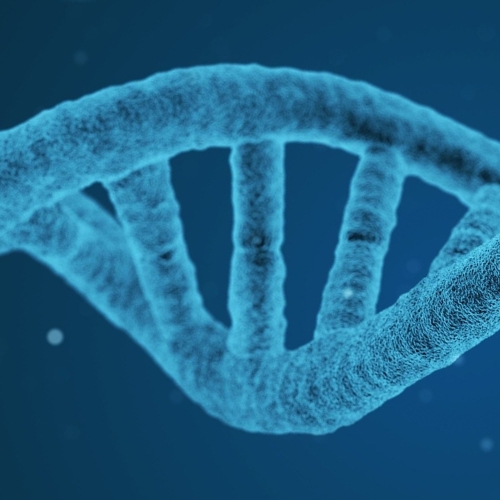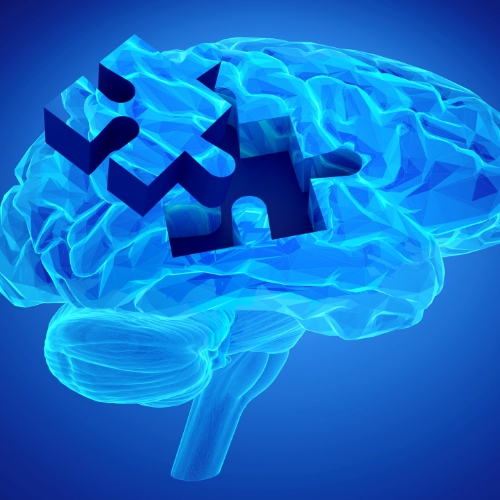Key points from article :
Team discovered that HDAC1 enzyme is critical for repairing age-related DNA damage.
They engineered mice in which they could knock out HDAC1 specifically in neurons.
For the first several months of the mice's lives, there were no discernable differences.
As the mice aged, differences became more apparent.
HDAC1 loss led to a specific type of DNA damage called 8-oxo-guanine lesions.
An enzyme called OGG1 is responsible for repairing this type of oxidative DNA damage.
Researchers found that HDAC1 is needed to activate OGG1.
When HDAC1 is missing, OGG1 fails to turn on and DNA damage goes unrepaired.
Exifone, drug used to treat two different mouse models of Alzheimer's.
Indeed, it reduced the levels of oxidative DNA damage in the brain.
It also improved the mice's cognitive functions, including memory.
Research by MIT neuroscientists, published in Nature Communications.







